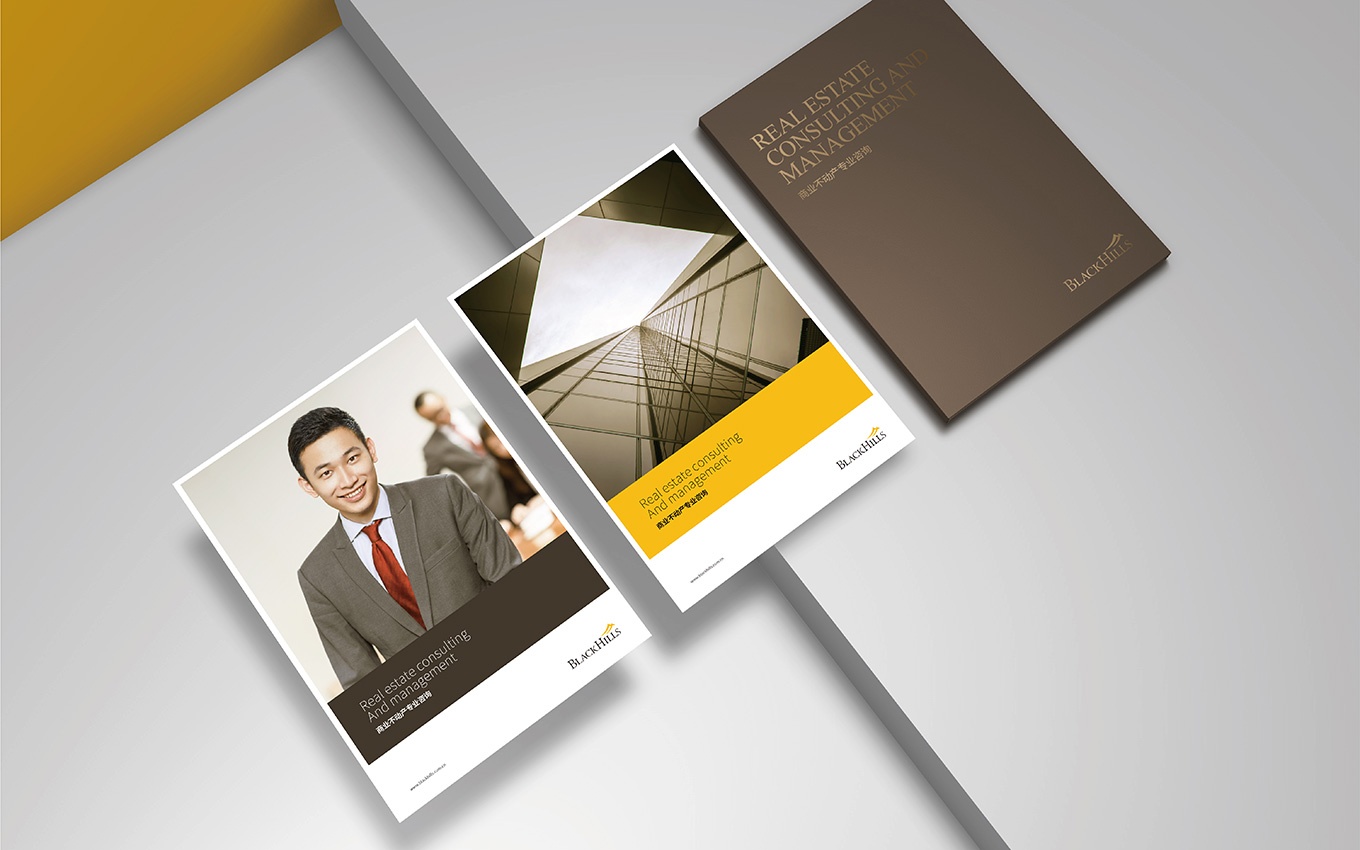环境保护行业是一个日益受到重视的领域,随着全球对环境问题的关注度不断提高,环保产业也逐渐走向成熟和发展。当前环保行业的发展趋势主要体现在以下几个方面:是绿色技术的广泛应用。随着科技的不断进步,绿色技术正成为环保行业的重要推动力。包括太阳能、风能、生物能等清洁能源在内的技术不断创新和应用,正在逐渐替代传统的高耗能、高排放的产业,推动环保行业迈向更加健康、可持续的发展方向。
是政策支持与监管力度不断加强。各国政府纷纷加大对环保行业的政策支持力度,推动企业加大环保投入,加强环保技术研发和应用。同时,环保监管力度也在不断加强,打击环境污染、资源浪费等行为,促进环保产业的规范发展。,社会公众对环保问题的关注程度也在逐渐提升,逐渐形成了一种共识:保护环境、倡导绿色生活,已经成为大众生活的一种追求和理念。

配图为广州vi设计公司作品
1. 环境保护VI设计要点:
VI设计是企业形象识别系统的重要组成部分,对于环保企业来说,VI设计更要体现出环保理念和责任感。以下是环境保护VI设计的要点:
2. 色彩选择:
在环境保护VI设计中,色彩的选择非常重要。绿色是环保的代表色彩,可以体现出清新、环保、可持续等理念。,蓝色也是常用的环保色彩,代表天空和海洋的清澈。色彩的搭配要简洁明了,避免使用过于鲜艳刺眼的颜色。
3. 图形符号:
在环保VI设计中,图形符号的运用可以更好地传达企业的环保理念。比如绿色的树木、清澈的水滴、可回收的箭头等都是常见的环保图形符号。这些图形符号能够直观地呈现出环保企业的特点,增强品牌形象。
4. 字体设计:
字体设计也是环保VI设计中需要重视的部分。选择清晰简洁的字体,避免花哨复杂的字体,以确保文字信息的直观传达。字体的大小和间距要合适,使整体设计更加统一和美观。,可以通过字体的设计来体现出环保企业的专业性和责任感。
1. Environmental protection design, often referred to as eco-design or sustainable design, is a crucial approach in modern product development and industrial practices. It encompasses a range of strategies aimed at minimizing environmental impact throughout the entire lifecycle of a product, from raw material extraction to disposal.
2. One significant value of environmental protection design lies in its potential to enhance the overall quality and competitiveness of products. By integrating eco-friendly materials, optimizing manufacturing processes to reduce waste and energy consumption, and considering end-of-life scenarios for recycling or disposal, companies can create products that not only meet regulatory standards but also resonate with environmentally conscious consumers. Such products often command a premium price and enjoy stronger brand loyalty, driving revenue growth and market expansion.
3. Furthermore, environmental protection design contributes to long-term sustainability by mitigating resource depletion and environmental degradation. By adopting principles such as material efficiency, renewable energy utilization, and pollution prevention, industries can minimize their ecological footprint and conserve natural resources for future generations. This proactive approach not only aligns with corporate social responsibility but also fosters a positive reputation and fosters stakeholder trust, which is increasingly important in today's socially conscious market.
4. Lastly, environmental protection design fosters innovation and technological advancement within industries. The necessity to meet stringent environmental standards and consumer demands for greener products encourages companies to invest in research and development of eco-friendly technologies and practices. This, in turn, drives technological innovation, leading to the creation of more efficient processes, novel materials, and breakthrough solutions. Moreover, the adoption of environmental protection design often stimulates collaboration and knowledge-sharing among industry players, spurring collective efforts towards sustainable development and fostering a culture of continuous improvement.

业务咨询 付小姐

业务咨询 舒先生

总监微信咨询 付小姐